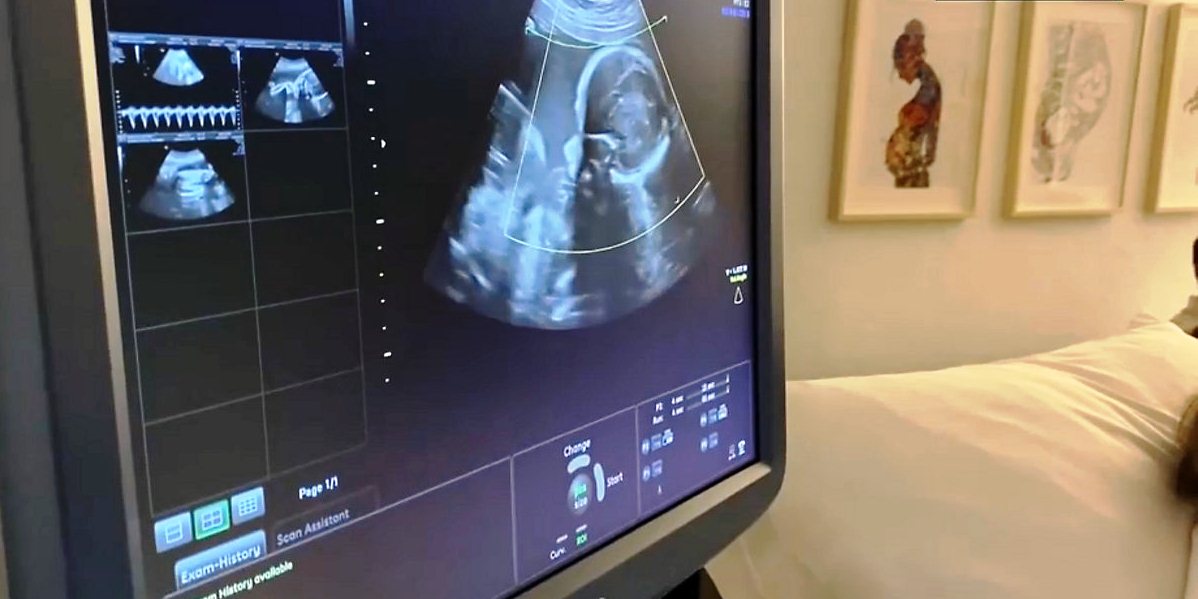The crisis stems from a sweeping digital reclassification of Level 2 and Level 3 health facilities, executed through the Social Health Authority (SHA) system and allegedly influenced by the Kenya Medical Practitioners and Dentists Council (KMPDC). The change, carried out quietly over the past month via the SHA portal managed by the Digital Health Authority (DHA), has effectively erased thousands of maternity beds from the national health system, without public notice or adequate stakeholder consultation.
According to the Rural Urban Private Hospitals Association of Kenya (RUPHA), the changes have removed an estimated 3,478 maternity beds across affected facilities, amounting to nearly 19 per cent of the country’s total maternity bed capacity. Particularly hard hit are low-income communities in counties such as Turkana, Mandera, Wajir, Garissa and Marsabit, as well as densely populated urban informal settlements.
“This is not just a bureaucratic blunder, it’s a matter of life and death for mothers and babies in marginalised areas,” warned RUPHA Chairman Dr Brian Lishenga. “With no compensation from the Social Health Authority for services no longer recognised, these facilities are being forced to either shut their maternity units or charge patients out of pocket.”
The reclassification has not only affected maternity beds but also led to the removal of over 1,000 delivery beds and potentially 10,000 inpatient beds with the downgrading of more than 1,100 Level 3B health facilities. RUPHA warns that this action risks reversing hard-won gains in maternal and neonatal health, particularly for the poorest households.
What is particularly troubling, according to Dr Lishenga, is that the move contradicts existing legislation and policy. A Gazette Notice issued in 2021 had clearly recognised the role of Level 2 facilities and the newly classified Level 3C facilities as legitimate providers of maternity, immunisation, and limited inpatient services based on their infrastructure and staffing levels. The current administrative override, he says, bypasses this legal framework.
RUPHA has since written to the Director General of Health, Dr Patrick Amoth, urging his office to issue a formal advisory against the downgrading of services and to clarify the scope of care permitted under Kenya’s Universal Health Coverage (UHC) framework. The association is also calling on the Ministry of Health to reinstate the classification of affected facilities, particularly those offering critical maternity and neonatal care.
“The essence of UHC is to protect the vulnerable from catastrophic health costs, not to push them further into poverty,” said Dr Lishenga.
If not urgently reversed, the reclassification threatens to erode the credibility of Kenya’s health reforms and could lead to increased maternal mortality rates in the very areas UHC was designed to uplift.
[/full]




